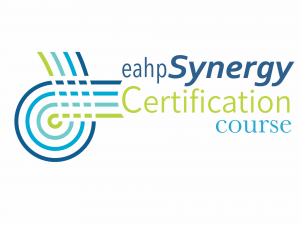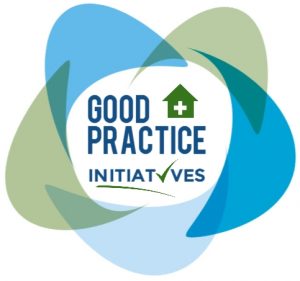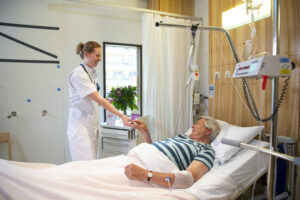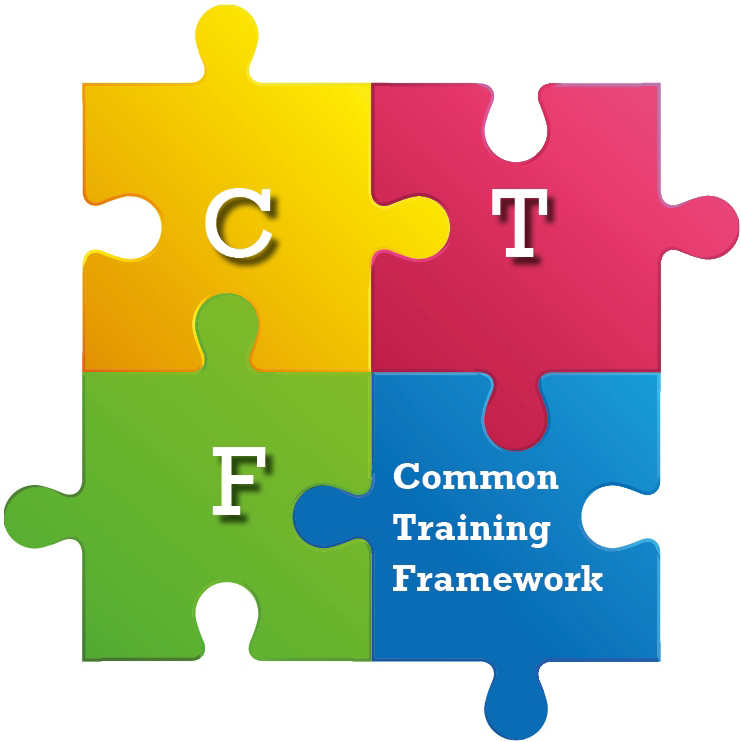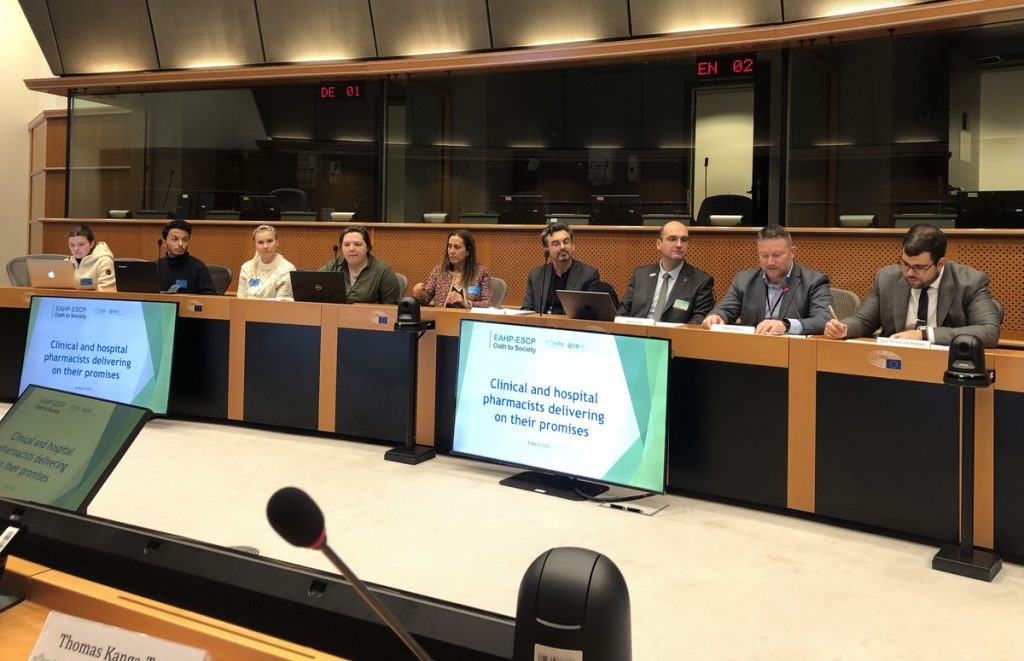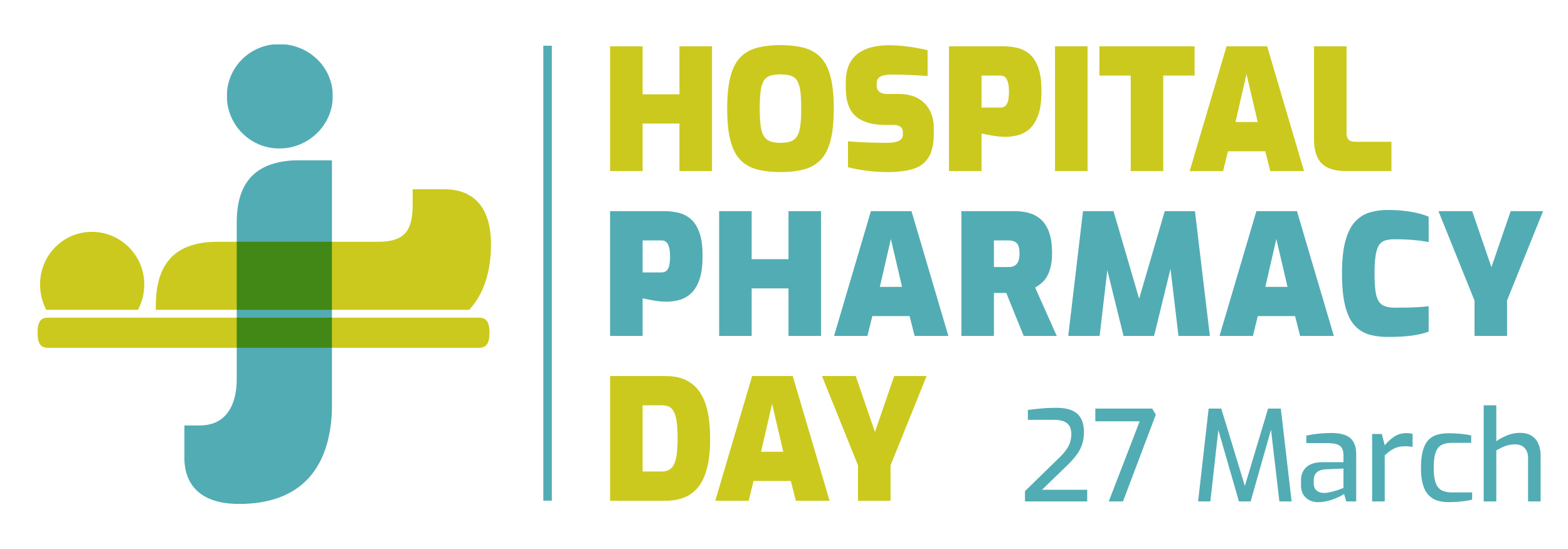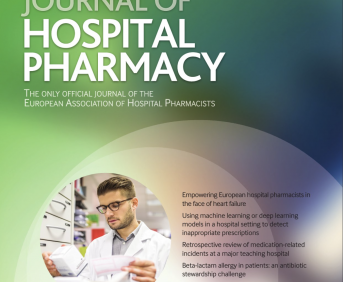Linked to EAHP Statements
Section 4 – Clinical Pharmacy Services: Statements 4.1, 4.2
Section 5 – Patient Safety and Quality Assurance: Statements 5.2, 5.5
ACPE UAN: 0475-0000-18-021-L04-P. A knowledge based activity.
Abstract
The antimicrobial stewardship (AS) interventions are shown to be effective in increasing compliance and reducing duration of therapy, as well as even mortality for selected interventions. The general complex goal of hospital AS program is to fine tune antimicrobial use in regards to efficacy, resistance-induction, toxicity, cost, timely intravenous to oral switch, and discontinuation. Reduction of Clostridium difficile infections should also be considered in high risk settings. Objectives of AS program in each hospital can be quite different and often prioritization should be made at the very start.
What makes AS in hospitals very complicated is the large number of physicians of various specialties and educational backgrounds that prescribe antimicrobials. Structural, persuasive and restrictive strategies were all shown to be effective. Combination of different strategies can be employed depending on the problem that should be solved and level of compliance in the staff of the department. Whatever the chosen strategy is, it is essential to provide good microbiological results in the timely manner and make sure that sensitivity testing information is collected, analyzed and feedback provided. Simplified sensitivity report can be negotiated with laboratory to simplify decision making. Proper use of express tests and biomarkers is also very important in decision-making. Various software adjustments are very helpful and should be considered at the start of AS implementation program.
Interventions in selected departments are frequently preferred with careful monitoring of change, analysis of data, costs and subsequent feedback to the staff. Antibiotic consumption data using DDDs/bed days should be used only for general data collection but will provide insufficient information about the prescribing pattern, especially if children and patients with renal failure are included. PDD data in combination with clinical information are more useful but usually difficult to obtain even with good computerized systems. Point prevalence protocols with simple questionnaires are still very useful for identification of main targets for intervention. Simple audit could be used for implementation of surgical prophylaxis protocol. Therefore methodology of assessment of each intervention should be carefully planned ahead.
Learning objectives
After the session, the participant should be able to:
• select relevant strategies for certain antimicrobial stewardship program goals
• to use different data collection methods to monitor and feedback the results of antimicrobial stewardship interventions
Educational need addressed
Antibiotic resistance is recognized as one of the biggest threats to global health. Hospital pharmacists need to know how to promote and increase the rational use of antibiotics using different stewardship programmes.
Keywords: antimicrobial stewardship, decision making, feedback







